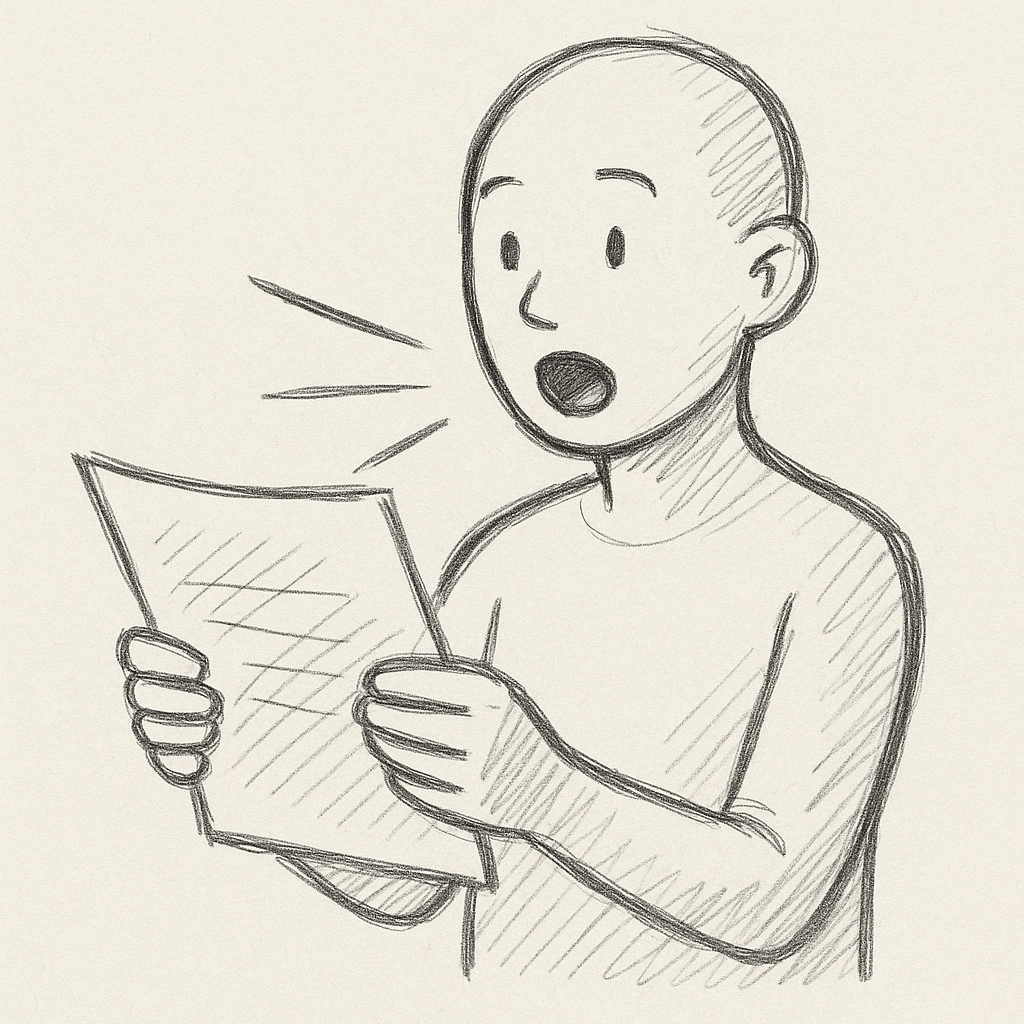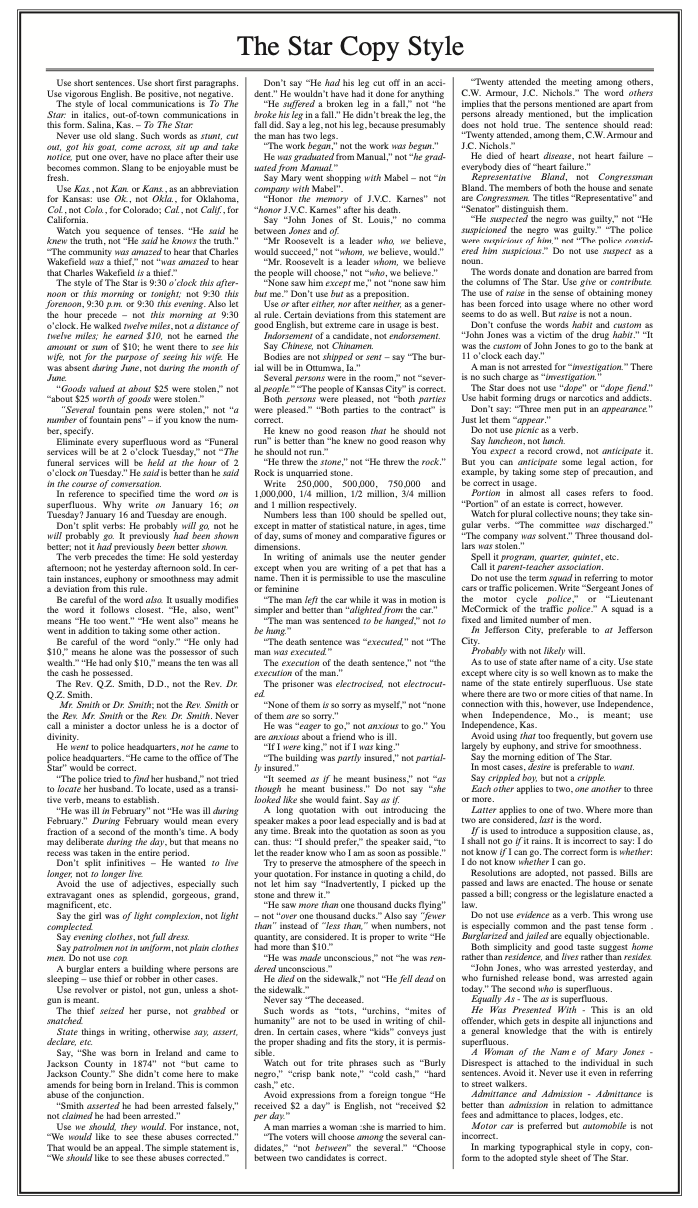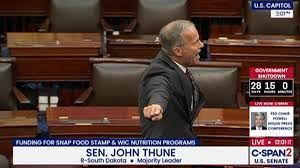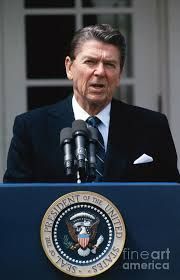Nib #59 Précis Writing
Not too long ago, young writers honed their craft by writing précis (“pray-see”) — brief synopses (in their own words) of longer works. Turn a given story or speech or essay into a single paragraph. Turn a long paragraph into a couple sentences. That kind of thing.
Précis are out of fashion today, along with most other exercises that actually help people learn to write. But in our era of social media character counts and “smart brevity,” the discipline of précis-writing is probably more valuable than ever.
After all, reading, analyzing, strategically condensing, and re-presenting content is more or less what professionals do. It’s the defining skillset for lawyers, PR reps, advertisers, agents, journalists, teachers, salespeople, consultants, lobbyists, government aides, etc.
Précis-writing can help writers of every age, skill-level, or academic or professional field. Very young professionals especially could not but benefit from spending 30 minutes a few days a week summarizing an oped or cable news rant in 100 words. Précis teach writers how to prioritize and simplify, how to edit language down to its essence. They force us to take ownership of the ideas we read about, and to restate them with concision and clarity.
In other words, précis will teach you — force you — to think and write like a writer. Give it a try!
And until next week… keep writing!











